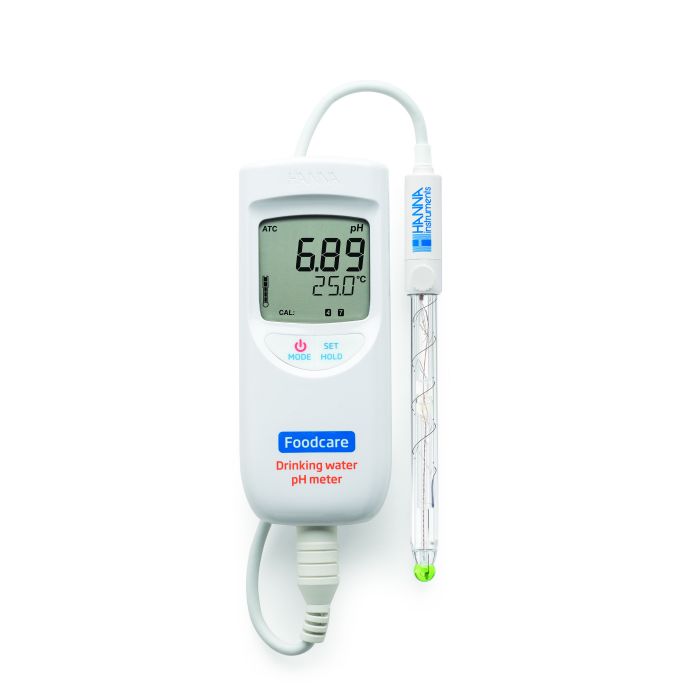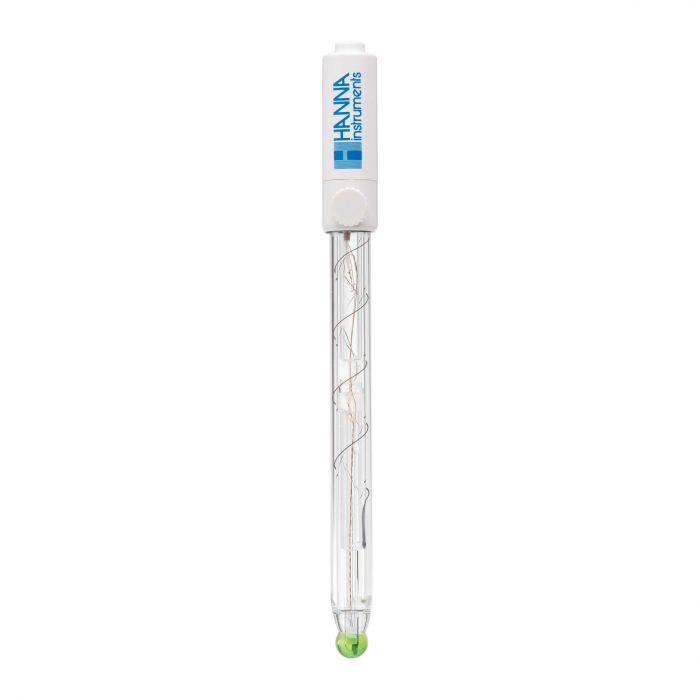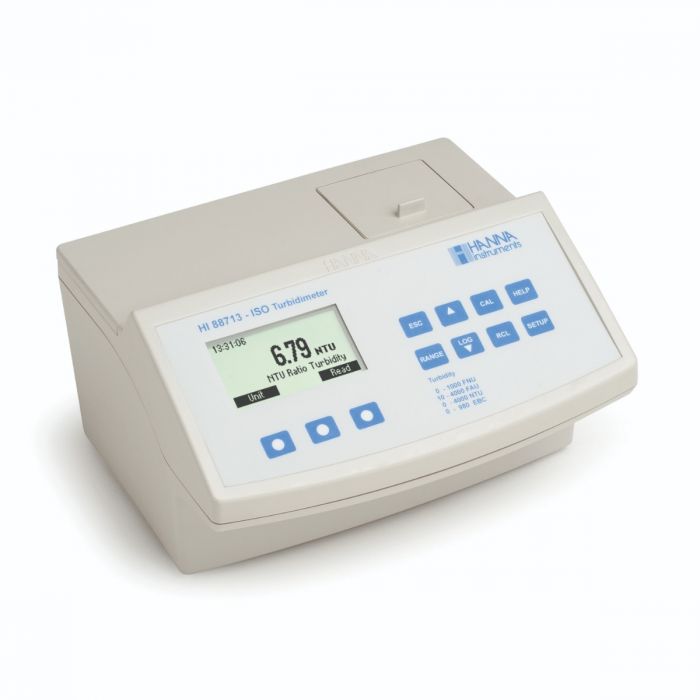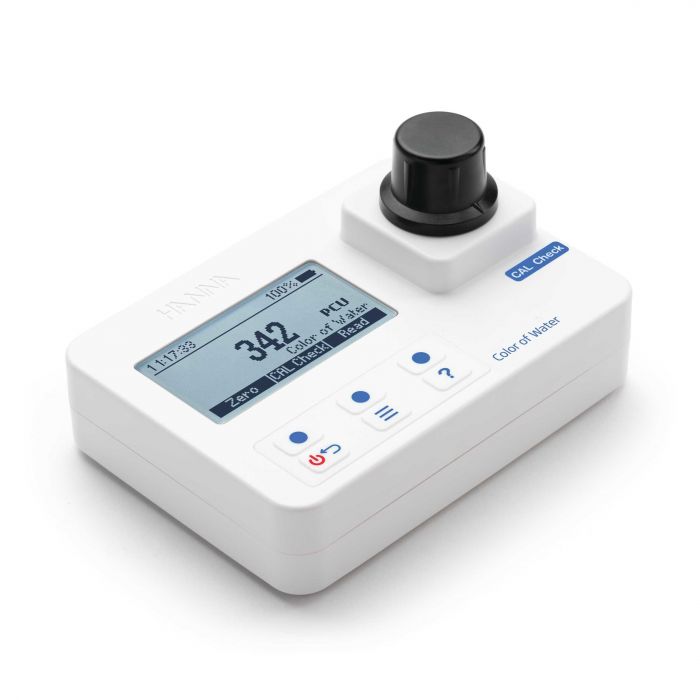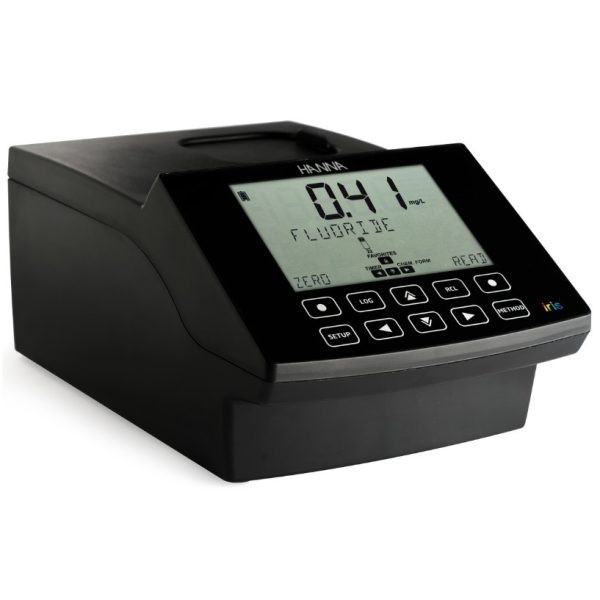Municipal water quality is a vital aspect of public health and ensuring that it meets required standards is crucial for the wellbeing of the community.
Regular water quality checks are essential to identifying any potential contaminants or issues that could impact water safety.
1. Introduction to Municipal Water Quality
What is municipal water?
Municipal water is the water supplied to households, businesses and industries by a municipality.
This water is treated to meet certain standards and requirements set by regulatory bodies. The water is sourced from lakes, rivers or underground aquifers and undergoes a series of treatments to remove impurities and contaminants before being distributed to households and businesses.
Why does municipal water quality matter?
Municipal water quality plays an essential role in sustaining life. Poor water quality can lead to illnesses and diseases that may have significant health and economic consequences.
Municipalities need to ensure the water they distribute to citizens meets regulatory standards and is safe for consumption and other uses such as cleaning and manufacturing.
2. Importance of Regular Water Quality Checks
The risks of poor water quality
Poor water quality can have various health risks, especially for vulnerable groups such as children, pregnant women and people with weakened immune systems.
The contaminants found in water can cause acute or chronic illnesses, ranging from mild illnesses like diarrhea to some severe diseases.
Benefits of regular testing
Regular water quality testing by municipalities is essential to ensure the water supplied to citizens is safe and meets regulatory standards.
Regular tests help identify potential problems and take necessary steps to address them. It helps in maintaining the integrity of the water distribution system and ensures that citizens have access to clean and safe water.
3. Testing Water Parameters for Optimal Health
Water is a vital resource that we rely on for drinking, cooking and cleaning. However, it’s important to ensure that the water we consume is safe and free from contaminants.
This is where water quality testing comes in.
With the help of a reliable water testing instrument like Hanna Instruments, you can test the following parameters to ensure the optimal health of your municipal water supply:
pH
The pH of potable water is fundamental to ensure safe water quality.
If the pH is too low, drinking water will be corrosive to the distribution system and water pipes in homes. If it is too high, it can reduce the effectiveness of disinfectants. The pH of water also influences aesthetic or cosmetic properties including taste, odor and clarity.
Most public water operations maintain pH between 6.5 and 8.5.
Accurate pH measurement is critical in water treatment processes to ensure that the water meets the regulatory standards.
HI99192
Drinking Water pH meter
HI99192 is a portable, lightweight pH meter that is supplied with a FC2153 pH electrode designed specifically for measuring the pH of potable waters.
The pair are ideal for on-site spot checks of drinking water.
The HI99192 together with the amplified FC2153 pH electrode solves all the problems found with standard pH systems.
This specialized electrode offers numerous features that improve pH testing in drinking water.
The spherical pH bulb features a low resistance pH glass that responds quickly to the sample (even at cold temperatures).
It also has a refillable single junction Ag/AgCl reference that is used with a KCl electrolyte and has three ceramic junctions to ensure continuity and provide quick and reproducible measurements (even in low ionic strength waters).
- User-friendly two button design
- Application specific probe
- Durable IP67 waterproof casing
- Watertight probe connection
- Probe condition indicator
- Automatic pH calibration at one or two points within two memorized buffer sets (standard or NIST)
The amplified electrode provides a fast stable response that is immune to electrical noise due to humidity. The electrode contains an internal temperature probe to allow for automatic compensation for any variances in temperature. The electrolyte solution in the electrode is refillable.
An integral part of any pH electrode is the reference junction. The reference junction allows for the flow of ions located in the reference cell into the sample being measured. The ions provide for an electrical connection between the reference electrode and the indicating electrode.
How to measure the pH of drinking water fast and accurately?
Chlorine levels
Many public water systems add chlorine (a process known as “chlorination”) to their water supply for the purpose of disinfection. Disinfection kills or inactivates harmful microorganisms which can cause illnesses. However, it’s important to ensure that the chlorine levels are within the safe range about 0,5 mg/L. High levels of chlorine can cause skin irritation and other health problems.
In most cases free chlorine residual is determined through DPD “magenta colored” test results. The method is standardly reliable and values easily projected.
The US Environmental Protection Agency-accepted colorimetric N,N-diethyl-phenylenediamine (DPD) method is the most commonly used procedure to determine free chlorine residuals in water.
HI97711
Free and Total Chlorine Portable Photometer
The HI97711 Free and Total Chlorine Photometer combines accuracy and ease of use in a simple, portable design.
The advanced optical system provides lab-quality accuracy while its user-friendly design is easy for any user making it the perfect photometer for your water quality testing needs.
The HI97711 meter measures free and total chlorine in water samples from 0.00 to 5.00 mg/L (ppm).
- No warm up time needed before taking a measurement
- Tutorial mode for easy step-by-step instructions
- Uses either powder or cost saving liquid reagents
Differentiating Between Total and Free Chlorine
Turbidity
Turbidity is one of the most important parameters used to determine the quality of drinking water. Once considered as a mostly aesthetic characteristic of drinking water, significant evidence exists that controlling turbidity is a competent safeguard against pathogens. In natural water, turbidity measurements are taken to gauge general water quality and its compatibility in applications involving aquatic organisms.
Turbidity of water is an optical property that causes light to be scattered and absorbed, rather than transmitted. The scattering of light that passes through a liquid is primarily caused by the suspended solids present and read out in units of turbidity, such as nephelometric turbidity units (NTU) or formazin turbidity units (FTU). The higher the turbidity, the greater the amount of scattered light. Even a very pure liquid will scatter light to a certain degree, as no solution will have zero turbidity.
It is generally required (check your local regulations) that 95% of drinking water in a one-month period have a turbidity reading of less than 0.5 NTU and that no samples exceed 5 NTU at any given time.
HI88713-02
ISO 7027 Compliant Benchtop Turbidity Meter
The HI88713 is a high accuracy benchtop turbidity meter.
The meter is supplied complete with AMCO-AEPA-1 primary turbidity standards used for calibration and performance verification.
The HI88713 meets and exceeds the requirements of the ISO 7027 Method for turbidimetric measurements.
- Compliant to ISO 7027 method
- Ratio and non-ratio turbidity modes
- USB for data transfer
Turbidity is one of the most common and intuitive qualities of water
Color of water
Color in water is caused by the absorption or reflection of light by suspended and dissolved particles; the more of these particles there are, the more color is present in the water. The main sources of color in water are humic and organic materials, iron complexes and bacterial action on dissolved manganese particles.
In general, color in water does not pose a health risk for consumers; however, water that looks dirty is not readily accepted by those who drink it.
HI97727
Color of Water Portable Photometer
HI97727 is an advanced portable photometer for the measurement of color in water. This meter offers a superior optical system that utilizes a reference detector and narrow band interference filters for extremely fast and repeatable measurements. HI97727 meter measures color of water samples from 0 to 500 PCU.
- No warm up time before taking a measurement
- Tutorial mode for step-by-step instructions
- CAL Check for performance verification and calibration
Chemical properties of water
Hardness, calcium, magnesium, potassium, lithium, sodium, ammonia, fluoride, chlorite, bromate, chloride, nitrite, chlorate, bromate, nitrate, phosphate, sulphate, oxidative, dissolved gases in water, fats and oils, mineral oils, free residual (chlorine) residues, detergents can be also measured in municipal water.
HI801
Spectrophotometer iris
IRIS portable spectrophotometer is unlike any of the products we have created in the past. It is different from our photometers as it allows for measurement in the spectrum of all wavelengths of visible light and not just pre-specified wavelengths. Spectrophotometers work by isolating light at specific wavelengths from white light. This compact meter incorporates a number of features that facilitate both fantastic performance and exceptional usability.
- Advanced split beam optical system
- Rechargeable li-ion battery
- User customizable methods
4. Understanding Water Analysis Results
Once you’ve tested your municipal water supply, you’ll receive a detailed report of the water analysis results. It’s important to understand how to interpret these results to determine the quality of your water.
How to interpret water analysis results
Water analysis results will typically include the concentration of various contaminants, including bacteria, minerals and chemicals.
It’s important to compare these results to the safe limits established by local or national regulatory agencies to determine if the water is safe for consumption.
What to do if water quality is poor
If the water quality is poor, it’s important to take action to ensure that the water is safe for consumption. This may include installing a filtration system or contacting your local water authority to address the issue.
5. Maintenance and Calibration of Water Testing Instruments
To ensure the accuracy of water testing results, it’s important to regularly maintain and calibrate your water testing instrument.
Why instrument maintenance is important
Regular maintenance of your water testing instrument ensures that it’s functioning properly and providing accurate results. This includes cleaning the instrument, replacing parts as needed and keeping it calibrated.
How to calibrate instruments
Calibration involves testing the accuracy of the instrument and adjusting it as needed. This can be done using a calibration solution provided by the manufacturer.
6. Conclusion and Best Practices for Municipal Water Quality Testing
Testing the quality of your municipal water supply is essential for ensuring the health and safety of you and your family.
Here are some best practices to keep in mind:
Summary of key points
- Test water parameters such as pH, chlorine levels, turbidity to ensure optimal health
- Interpret water analysis results to determine if the water is safe for consumption
- Maintain and calibrate your water testing instrument to ensure its accuracy
- Take action if water quality is poor
Best practices for ensuring optimal water quality
- Follow local or national guidelines for safe drinking water
- Use a reliable water testing instrument
- Regularly test your water supply to ensure ongoing quality
- Address any issues with water quality promptly
Regular water quality testing is crucial for ensuring that drinking water is safe for consumption and maintaining public health.
Hanna Instruments provides a range of reliable and accurate testing equipment that can help municipal water management teams identify potential contaminants or issues that could impact water safety.
By adhering to best practices and conducting regular water quality checks, municipal water management teams can help ensure the delivery of safe, high-quality water to their communities.
Have questions?
Contact a Hanna Technical Specialist at [email protected] or using our contact form.
AUTHOR: Tajana Mokrović, mag.nutr.


